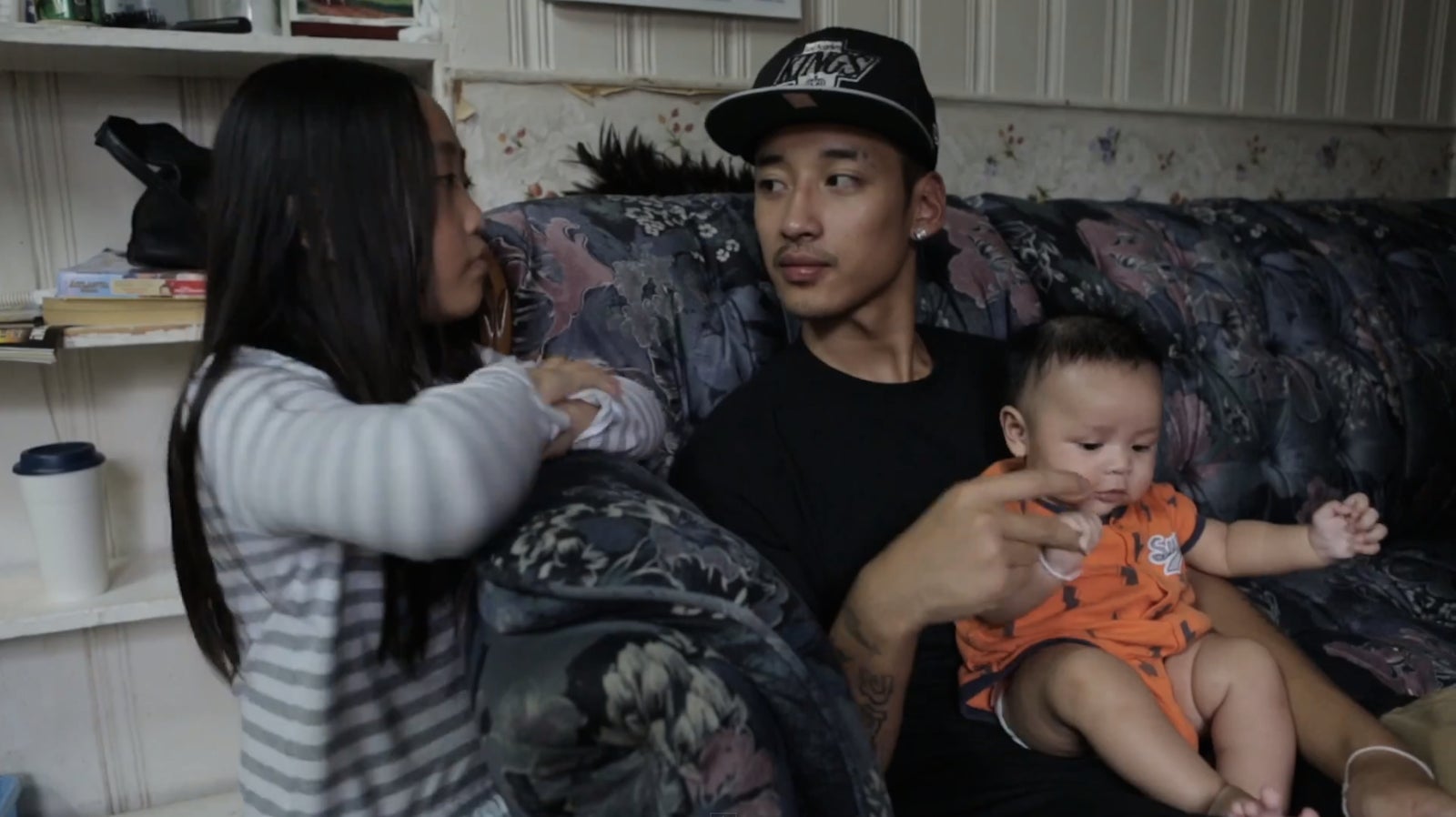Fifty years on, the overachiever stereotype is still hurting Asian Americans
As the cigarette smoke clears across the screen of the A-Town Boyz movie trailer, we see that Asian American men are the ones holding the guns. Not Korean, Chinese, or Vietnamese men in subtitled gangster films that make the international film festival rounds, but Asian American men in a documentary set in Atlanta, Georgia. What happened to the American dream for this so-called model minority? This seems to be the question this forthcoming film’s executive producer Spike Lee and director Eunice Lau hope we will ask.


As the cigarette smoke clears across the screen of the A-Town Boyz movie trailer, we see that Asian American men are the ones holding the guns. Not Korean, Chinese, or Vietnamese men in subtitled gangster films that make the international film festival rounds, but Asian American men in a documentary set in Atlanta, Georgia. What happened to the American dream for this so-called model minority? This seems to be the question this forthcoming film’s executive producer Spike Lee and director Eunice Lau hope we will ask.
Featuring the often-ignored lives of Asian American gang members and their families in Atlanta, the documentary foregrounds a common struggle of immigrant life: finding a way into power structures and social networks that do not readily, if ever, open up to outsiders. A-Town Boyz is a timely reminder that across the United States, the “model minority” stereotype commonly used to understand Asian Americans is badly in need of a reality check.
Originally touting the economic self-reliance and social stability of Chinese and Japanese Americans, the term “model minority” was coined by journalists in 1966 as a way to praise Asian Americans for not engaging in civil unrest or advocating for state support, like African Americans were doing. Over the ensuing decades, the category of Asian American and the term model minority have widened to include immigrants from South Asia, the Philippines, and Southeast Asia due to their generally high educational achievement and representation in professional work fields.
The elaboration of the “tiger mother” phenomenon in recent years has further refined the stereotype of elite educational and professional success of this large community through popular psychology. Predictably, the trope has also created negative consequences, ranging from quotas set for Asian American college applicants to the “bamboo ceilings” that keep Asian Americans from advancing into the higher echelons of corporate America.
Nearly fifty years after the term was coined, we still see the model minority stereotype promoted in numerous contexts, including education, politics, and the media. The stereotype also remains a cornerstone of imagery produced by those in the advertising industry, who project Asian Americans as upwardly mobile and successfully assimilated into middle class America. While these representations are laudable for moving Asian Americans beyond crass racist stereotypes, as I discuss in my ethnographic study Advertising Diversity: Ad Agencies and the Creation of Asian American Consumers, they also tend to forward an elite version of this population. Even some of the advertising executives I interviewed conceded that the wealthier Asian Americans they sought to reach did not encompass the full diversity of this population.
Enter the main characters of A-Town Boyz. Distancing itself from “tiger class” fixations on model minority success, the film’s website describes the documentary’s subjects as “non-achievers,” a counterpoint to those who are “good at math and play the violin.” To choose not to be model is more complicated than it would seem—in this case, the characters’ non-model methods of economic and social survival were borne of limited opportunity for social integration and economic advancement.

Meanwhile, policy studies confirm that income gaps are widening within the Asian American population, complicating the narrative of uniform Asian American advancement. Increasingly a case of haves and have-nots, the immigrant promise of social and economic mobility is inaccessible for A-Town Boyz because they don’t have the social capital to enter corporate America or entrepreneurial work.
A-Town Boyz isn’t alone in offering counter-narratives that challenging the model minority myth. Historians of Asian America have shown, for instance, that the unskilled laborers that immigrated from Asia in the 19th century and early 20th century enjoyed little of the social mobility and economic success of post-1965, highly skilled laborers. Likewise, the variance between those with professional degrees and struggling wage-laborers replicates this dichotomy, as I documented in my book Desi Land: Teen Culture, Class, and Success in Silicon Valley. The promise of the Silicon Valley tech bubble was far more graspable for teenagers who had the social networks to help create opportunities for them than those whose parents worked in assembly line jobs. This pattern is, in a different guise, the premise of the ABC’s clever and nuanced sitcom Fresh Off the Boat, based on chef Eddie Huang’s memoir, featuring a Taiwanese American family trying to project success.
Ultimately, the model minority stereotype does little to shield Asian Americans from everyday racism. The subjects of A-Town Boyz, for instance, offer poignant recollections of the slurs they’ve been called in Atlanta. This is not surprising, given the perpetuation of stereotypes in popular media. Consider Tina Fey and Robert Carlock’s acclaimed new Netflix comedy The Unbreakable Kimmy Schmidt. Despite the complexity of characters such as Kimmy’s gay, African American roommate Titus, the heavily accented nerdiness of her boyfriend Dong is almost unwatchable. The relentless mocking of this Vietnamese-American Chinese food delivery boy character is an important reminder that an emphasis on upward mobility and success does not guarantee respectful representation.
Nearly half a century after its inception, the model minority stereotype—and its accompanying racism—has proven difficult to displace in the US. We can only hope that media like A-Town Boyz will help do the important work of recognizing the so-called non-achievers and their economic struggles. Hopefully, the film will surprise and challenge viewer notions of Asian immigrants in the United States.